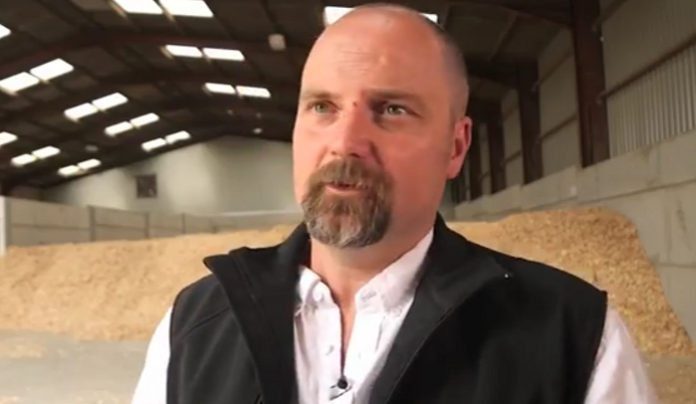One renewable energy resource that is growing in popularity right now is biomass. We can always grow items that can be consumed to create biomass energy, which makes it a potential alternative to fossil fuels.
To create biomass, certain organic fuels must be consumed in order to generate the heat necessary to create steam from a water source that turns a turbine. Here are just a few examples of biomass fuels which are routinely used.
1. Animal Waste
If there’s one thing an animal is good at, it is producing waste. Animal waste, such as cow manure, if often used for fertilizer. It can also be dried and then consumed in the biomass process to create a fuel resource.
Animal waste may also include products that are produced by livestock finishing processes and renderings. Not only does the disposal of these products through biomass consumption provide energy, but it also reduces the risks of disease development should the waste products enter waterways or the food chain.
As an extra bonus, animal waste can be composted and used in some wastewater treatment systems as part of the anaerobic process.
2. Human Waste
Human waste often includes unused food products and other items that we consume and then throw away. Instead of throwing this stuff into a landfill, we could burn it for biomass energy.
We can also use actual human waste as an energy resource. After it has been treated by local wastewater utilities, it can be dried and then combusted to produce energy.
3. Wood Product Leftovers
There are two primary sources of wood product leftovers: urban wood and yard waste and construction residues.
When wood products are manipulated to meet our needs, they can produce sawdust, scrap pieces, and other forms of waste. This waste is often just thrown away. By creating sawdust pellets or consuming the wood waste in full, it can be a unique example of a biomass fuel which we can use without really changing our daily routines.
Urban wood and yard waste may include lawn clippings, branches that have come from pruning, and dropped fruit from trees. This waste is so commonly produced, in fact, that most facilities can charge people to drop it off at the facility or to have it picked up at their home.
Now these leftovers can be used as a home fuel, such as in a wood-burning stove or a compost pile. Many homes have more leftovers than they need, however, and the extras almost always end up in a landfill. Thanks to biomass, that no longer needs to be the case.
4. Grass
Dedicated biomass crops must grow quickly and be sustainable in order for them to be an effective source of energy. Certain crops, such as corn and soybeans, are often used because the corn or soybeans can be converted into a fuel while the plant residues can be burned for biomass energy.
For strictly consumption purposes, however, grasses are a top example of a biomass fuel. In a good growing season, a grass crop could be harvested four separate times. This makes it a highly sustainable fuel resource.
5. Hemp
One type of biomass fuel that is beginning to be embraced more often is hemp. We often think of hemp because it produces marijuana, but it can be used in a number of ways. From rope to paper, it is a highly versatile plant. It also has a very rapid growth cycle, making it ideal for biomass.
For an industrial hemp planting, the growing cycle is as little as 12 weeks. At the same time, hemp plants can take out 4 times more carbon dioxide from the atmosphere than trees.
6. Miscellaneous Woody Fuels
Wood waste makes for an excellent biomass fuel. Combusting it is relatively easy and steam can be generated quickly. Different types of woody fuels can be combined together to create one common fuel, assuming moisture content is similar and there is a similar conversion rate.
In this category, woody fuels are generally classified into one of six categories: mill residues, agricultural, forestry, dedicated biomass crops, residential organics, and chemical recovery fuels.
7. Forestry Residues
This is the biomass fuel that is generally thought of when considering this renewable resource. To preserve the health of a forest, trimmings and ground clearings often take place. This creates a waste product that could be burned in order to create a biomass fuel. Since open burning of forest residues is a common practice anyway, but transporting the product to a power plant, it can become an idea fuel source.
These examples of biomass fuels show us what the potential of this technology can be. With continued research and investment, it could be one of the solutions we use in the future to reduce our consumption of fossil fuels.
Crystal Lombardo is a contributing editor for Vision Launch. Crystal is a seasoned writer and researcher with over 10 years of experience. She has been an editor of three popular blogs that each have had over 500,000 monthly readers.


















